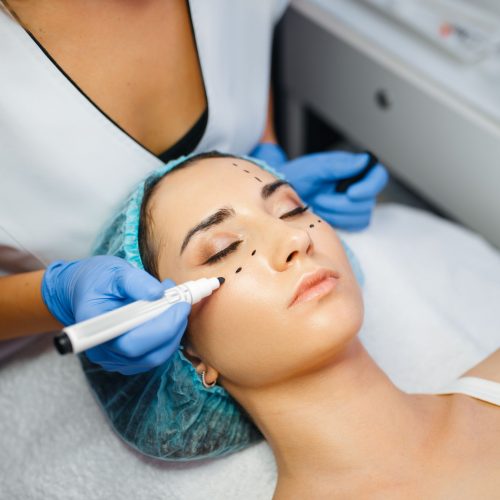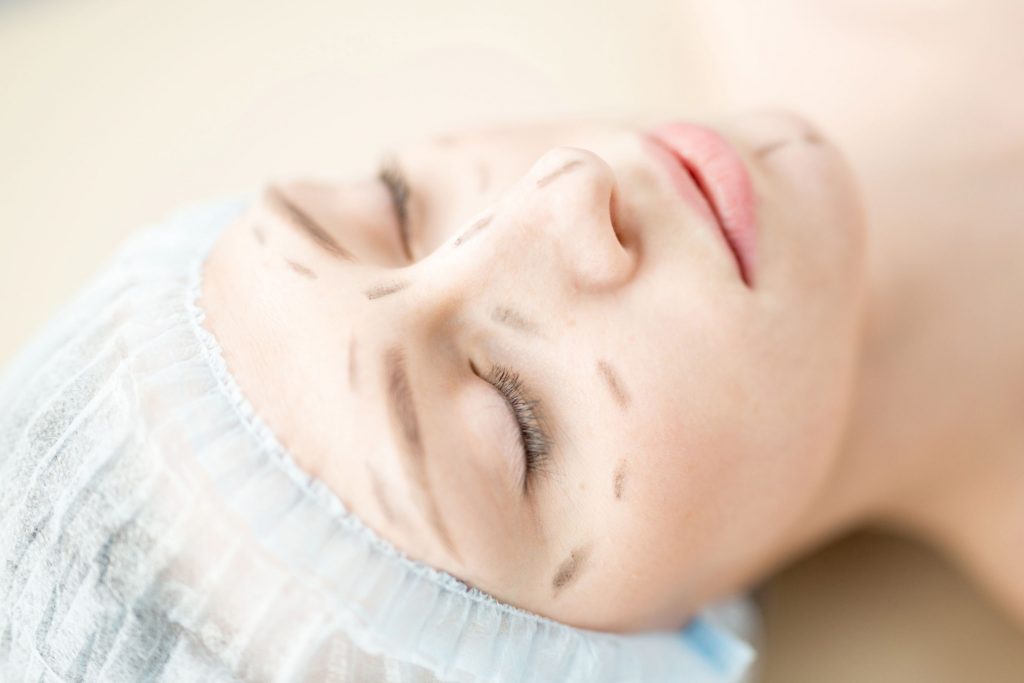Indications for a facelift

The face is a person’s calling card. Over time, exposure to sunlight, the stress of daily life, aging or losing weight can affect our facial volume and skin quality. Bone structure changes with age, the skin becomes thinner and weaker due to a decrease in collagen and elastin. Signs of aging are manifested by deep facial wrinkles, sagging skin, and excess skin above and below the eyes, skin and chin. It gives a tired and often older look than one would like.
There are various options for a facelift, from a mini lift to a full lift, SMAS facelift, of course, it depends on your age and desires.
This technique can literally turn back time! A circular facelift helps not only to “drop” 10-20 years, but to create a more optimistic and attractive image.
Most often, a surgical facelift is recommended for people 40-60 years old, although in the practice of experienced surgeons there are often cases when patients 70 years and older have resorted to this operation. Modern methods of facelift are low-traumatic and well tolerated.

Preparing for facelift surgery
At the initial stage, the surgeon evaluates all the circumstances that can create problems both during the operation and after it. That is why it is extremely important for the surgeon to be aware of the presence of uncontrolled high blood pressure in the patient, of the indicators of blood coagulation.
Also, the doctor needs to know about the patient’s bad habits – smoking, drinking alcohol, whether the patient is taking any medications, especially anticoagulants (aspirin or other drugs that affect blood clotting).
After a general examination, a detailed examination of the patient’s face, his condition and structure of the skin is carried out, as well as deeper structures (subcutaneous fat and muscles) are examined, the purpose, the possibility and the result expected from the operation are discussed.

Operation process
Facelift takes place under general anesthesia. The procedure itself takes an average of 4 to 5 hours.
Before the operation, you are carefully examined, first of all by a doctor and an anesthesiologist, so we can be sure that you will carry out the operation successfully .. Then you will meet with the surgeon and discuss your wishes with him again.
If necessary, make a list of all your questions for your surgeon in advance so that you can participate in a well-prepared consultation on your own. During the consultation, a Russian-speaking plastic surgery consultant will be with you. After all your questions have been answered, the surgeon will prepare for the operation.

After operation
On the first day of rehabilitation after facelift, the patient is in a medical facility under the supervision of doctors and staff. All complications that may arise after a circular facelift are eliminated on the very first day. For painful sensations, it is enough to apply perioral anesthetics.
On the second day, the dressing is bandaged and the bandage is replaced: stitches and wounds are treated with special medications for early healing. The state of health on the second day, as a rule, improves significantly. However, the face looks very swollen and the eyes may have difficulty opening. A drain or tube is placed at the back of the ears to drain excess fluid and blood. Dressings and drains are removed after one to two days. In the first three days after the operation, edema and bruises reach their maximum, but beauty requires certain sacrifices. Usually, on the third day, the patient is discharged and our transfer takes you to the hotel where you can relax.
It may take several weeks to months for the swelling caused by the facelift to completely disappear, but after 2 weeks you will be completely healthy again. The incision scars disappear within 6 months. Avoid sun exposure during the healing period. After a few weeks, you can start lubricating the scar cream.

What is contraindicated after facelift?
- In the first two days after the operation, it is strictly not recommended to wash your hair;
- Facelift complications such as discomfort in the mouth may occur. To minimize the complication, it is better to eat only liquid and soft foods;
- In the first 2-3 weeks of the rehabilitation period, it is necessary to completely exclude all possible physical activity;
- Also complications such as decreased sensitivity of certain areas of the face may occur after facelift surgery. However, this resolves over time without any intervention.
